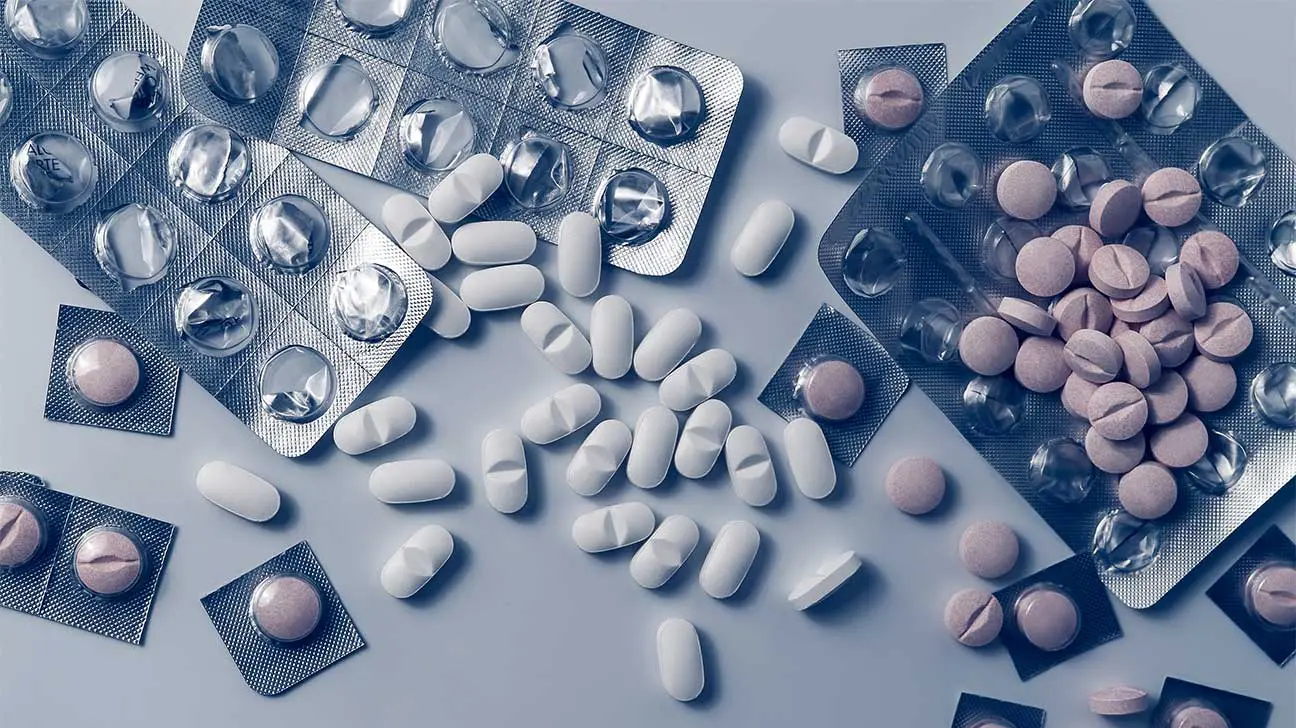
The U.S. federal government classifies all controlled substances, including drugs and chemicals, into five schedules.
Characteristics of Schedule II drugs:
- high potential for abuse
- high potential for physical dependence or psychological addiction
- limited medical use
Schedule II drugs differ from Schedule I drugs in that they have some currently accepted medical uses. Schedule I drugs, on the other hand, have no accepted medical use.
List Of Schedule II Drugs
Drugs are classified as schedule II controlled substances by the federal government under the Controlled Substances Act of 1971.
Schedule II drugs include:
- cocaine
- codeine
- opium
- oxycodone (OxyContin)
- oxymorphone (Opana)
- hydrocodone (Vicodin)
- hydromorphone (Dilaudid)
- fentanyl
- morphine
- methadone
- meperidine
- carfentanil
- dextroamphetamine (Adderall)
- methylphenidate (Ritalin, Concerta)
- lisdexamfetamine (Vyvanse)
- pentobarbital (Nembutal)
- secobarbital (Seconal)
- glutethimide
- phencyclidine (PCP)
- thiafentanil
- bezitramide
- anileridine
- alphaprodine
Are Schedule II Drugs Legal?
Schedule II drugs all have limited medicinal use. Therefore, they may be prescribed or administered in an acceptable form by a qualified health professional.
Some Schedule II drugs are illegal for all recreational use, such as cocaine. In addition, it is illegal to buy, sell, or give prescription drugs to someone without a prescription.
Are Schedule II Drugs Dangerous?
Drugs classified as schedule II may be dangerous when misused. Schedule II drugs are considered high-risk for drug misuse, physical dependence, and can be addictive.
Find Drug Addiction Treatment Today
Schedule II drugs can have addictive effects. If you or a loved one is misusing drugs, we can help you find a drug abuse treatment program that’s right for you.
Call us today to find drug addiction treatment near you.
Addiction Resource aims to provide only the most current, accurate information in regards to addiction and addiction treatment, which means we only reference the most credible sources available.
These include peer-reviewed journals, government entities and academic institutions, and leaders in addiction healthcare and advocacy. Learn more about how we safeguard our content by viewing our editorial policy.
- U.S. Drug Enforcement Administration (DEA)—Controlled Substances - Alphabetical order
https://www.deadiversion.usdoj.gov/schedules/orangebook/c_cs_alpha.pdf - U.S. Drug Enforcement Administration (DEA)—Drug Scheduling
https://www.dea.gov/drug-scheduling


